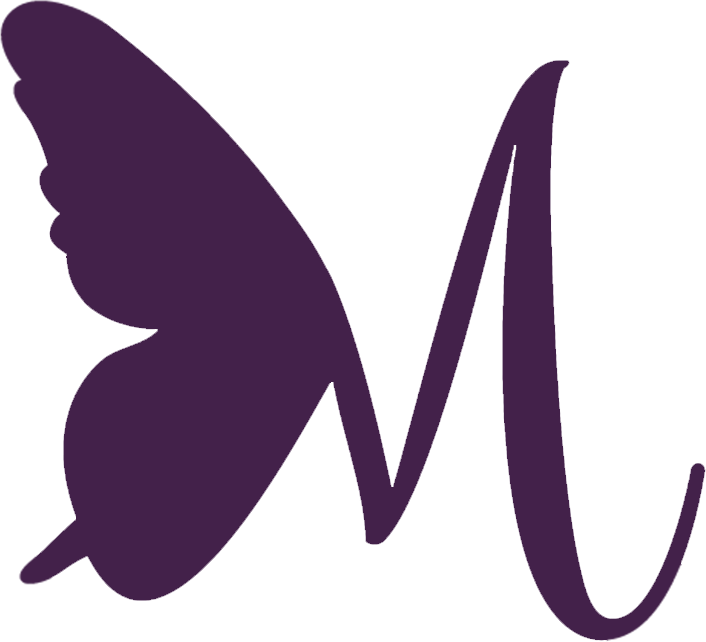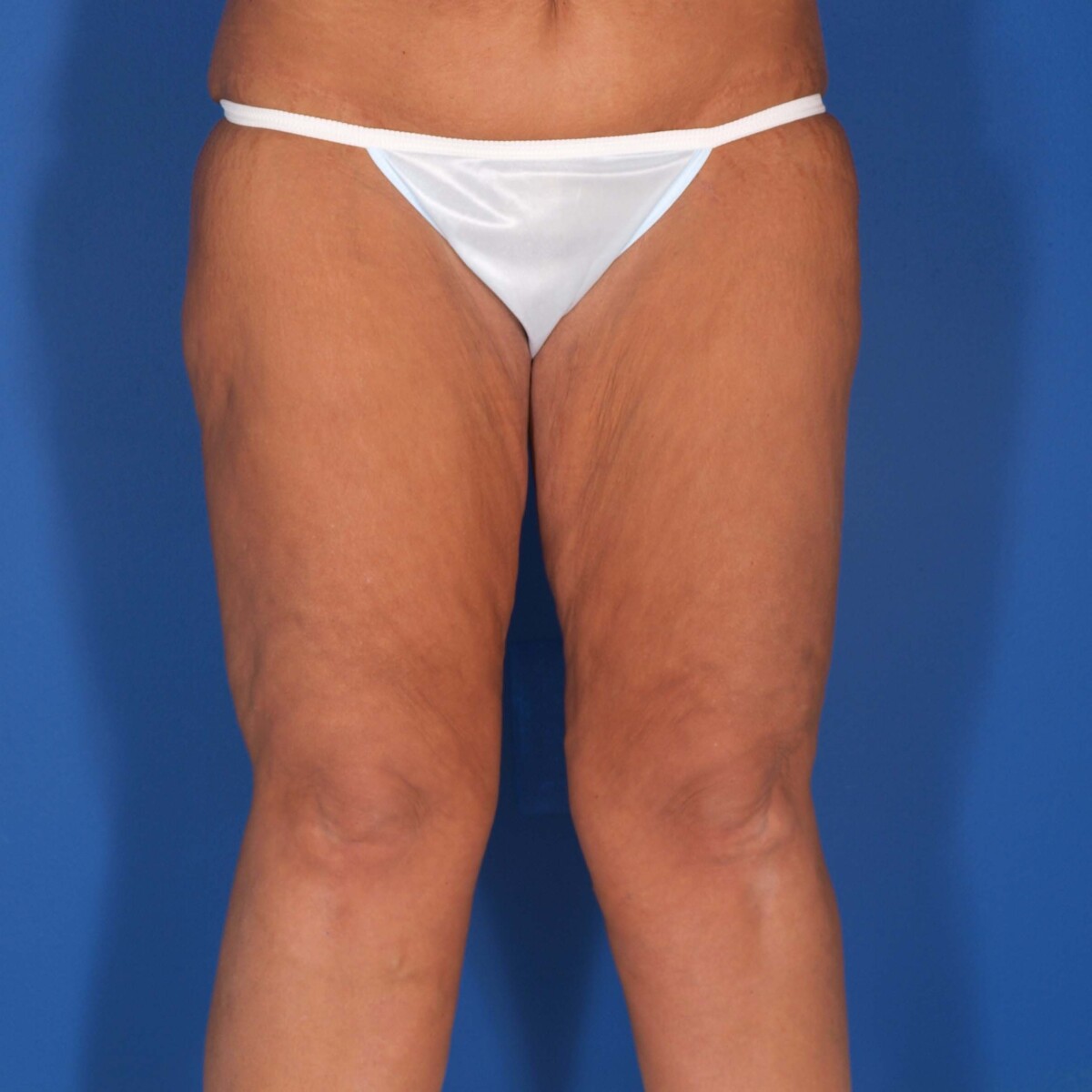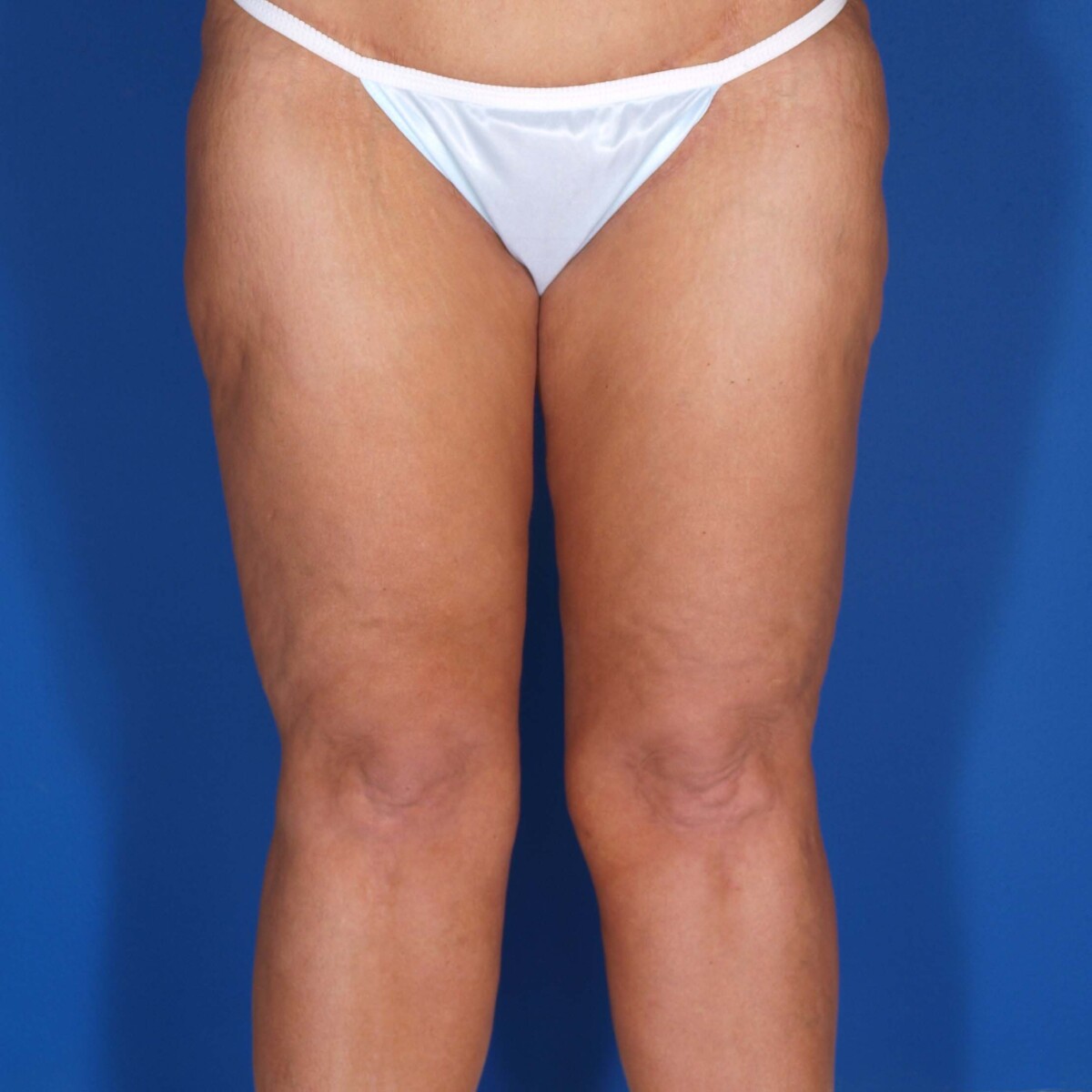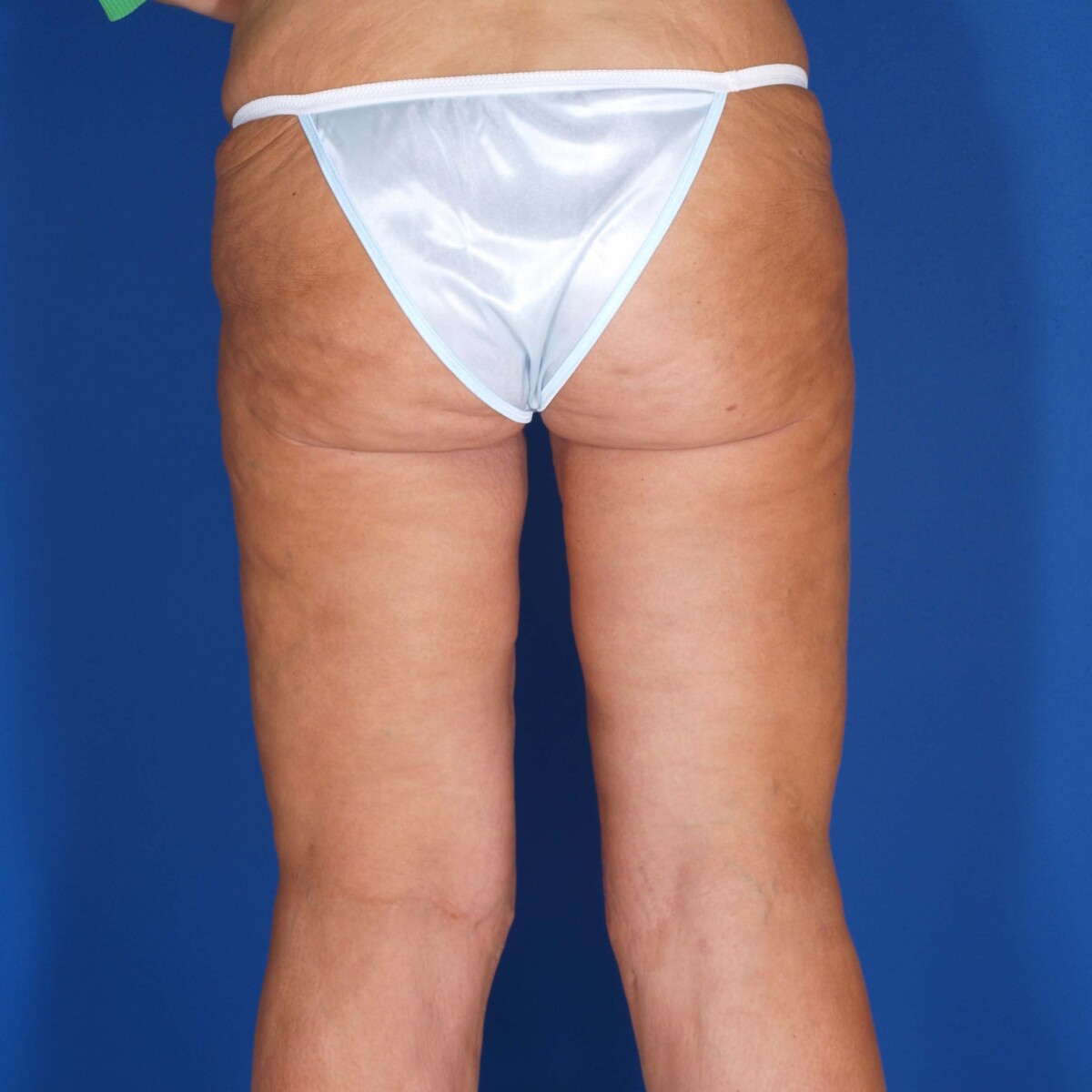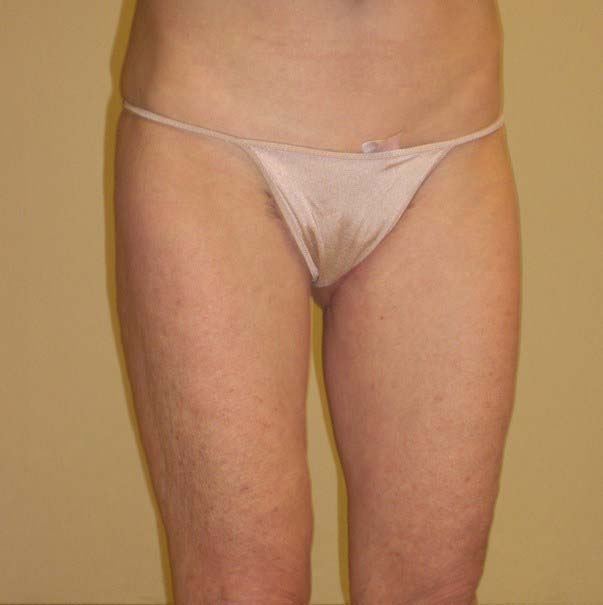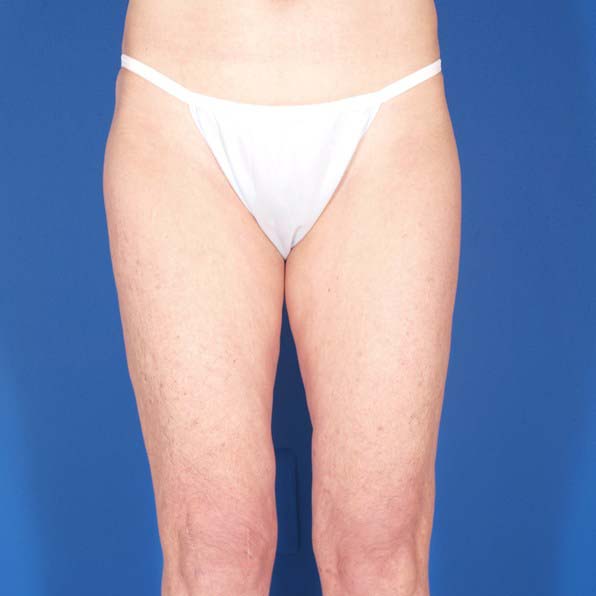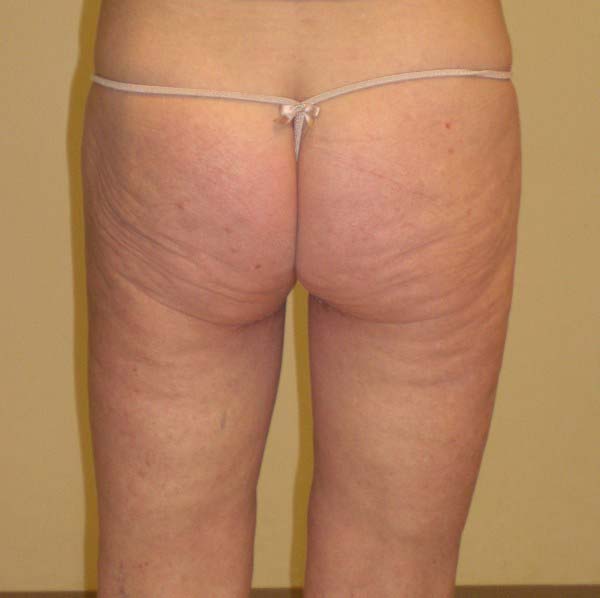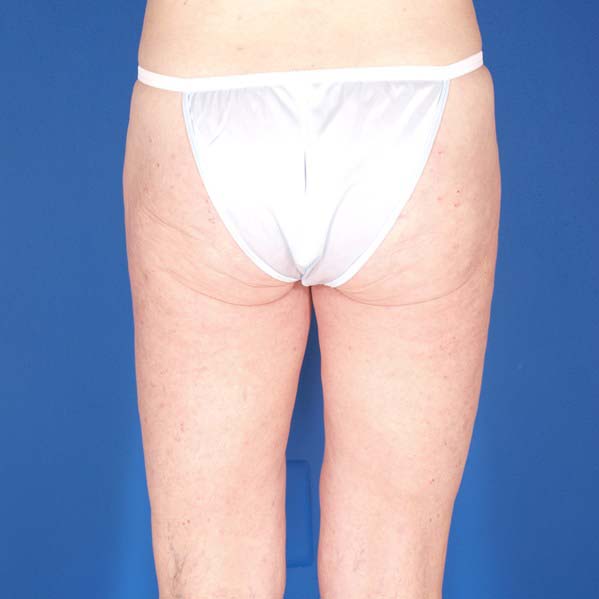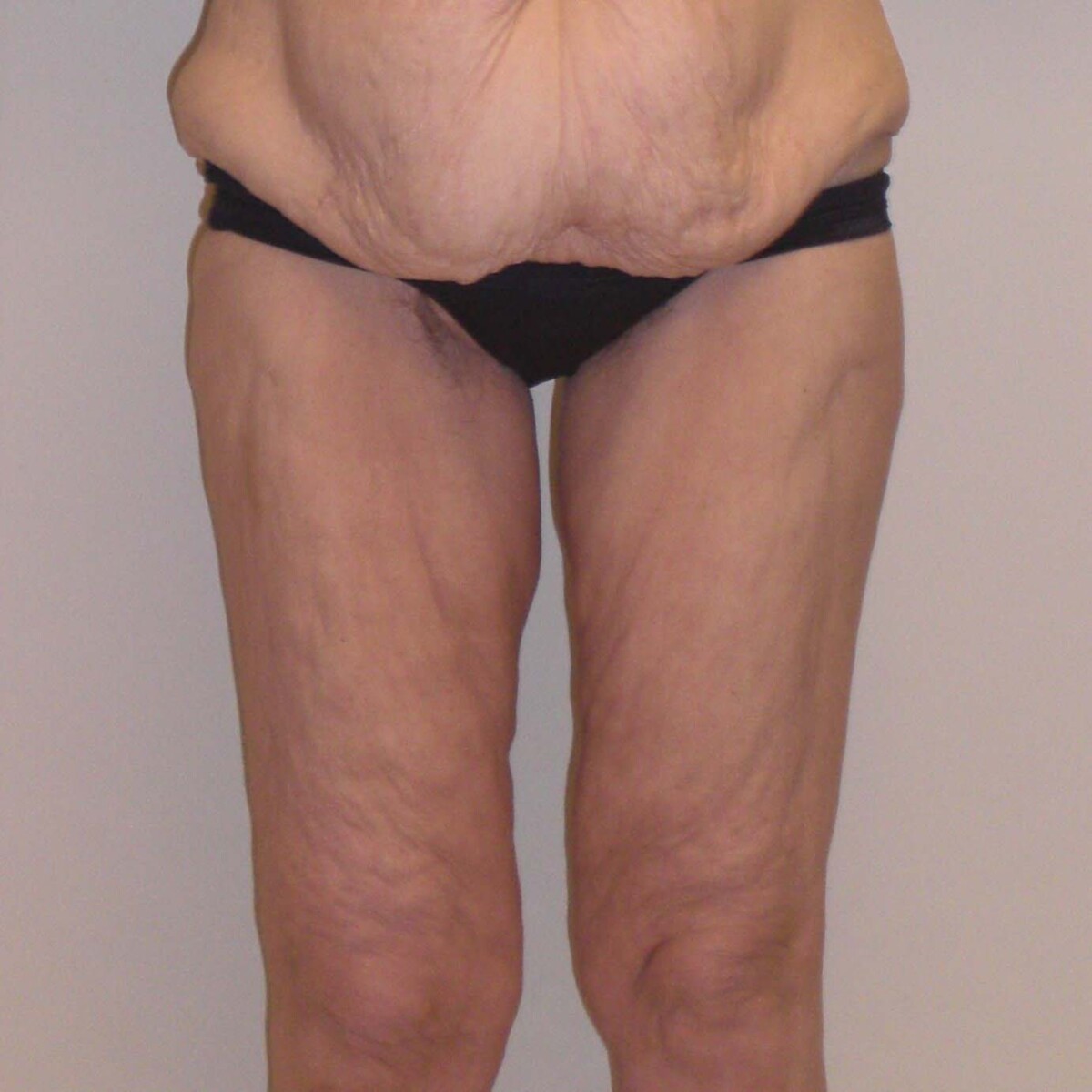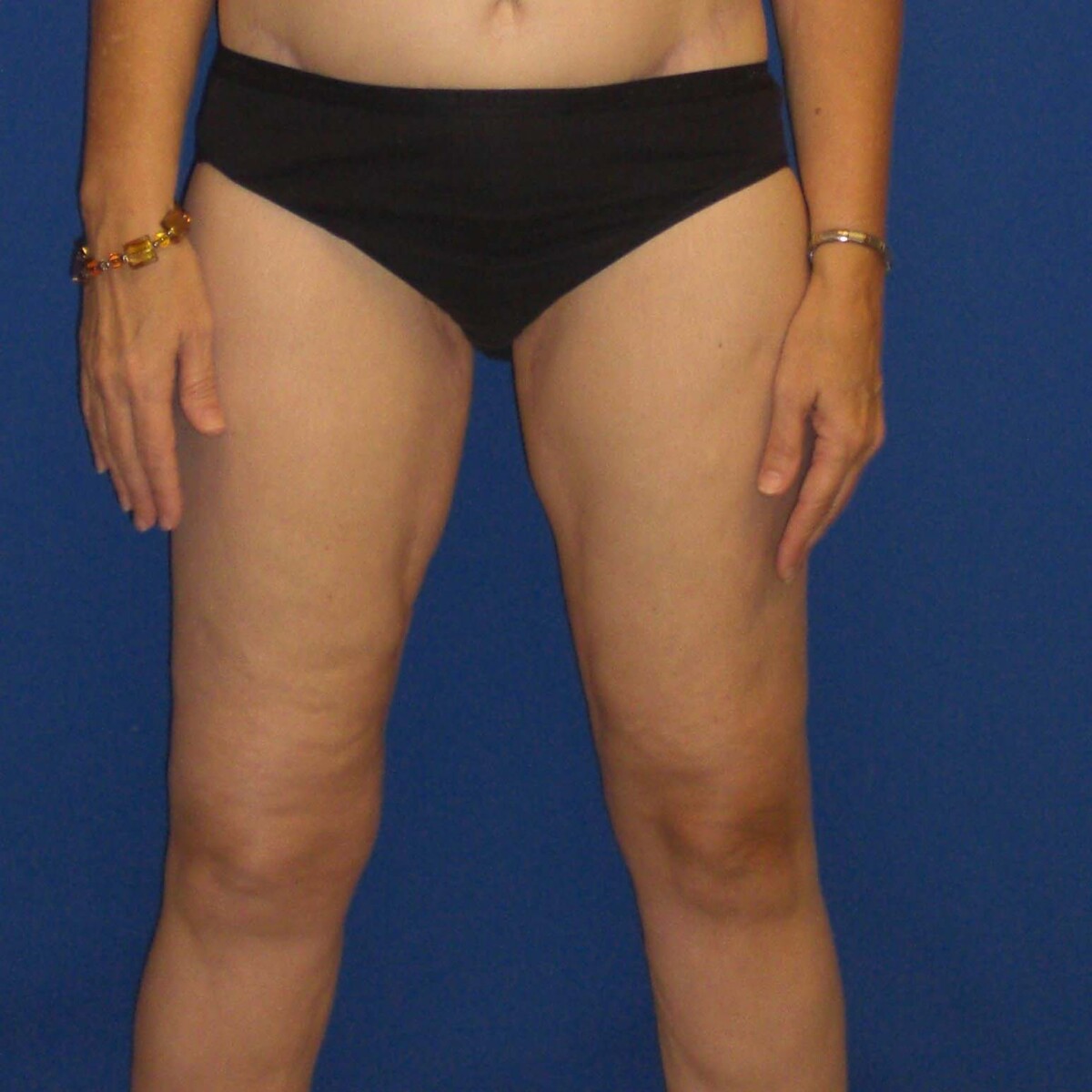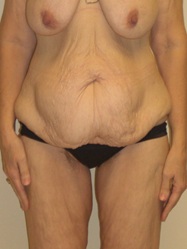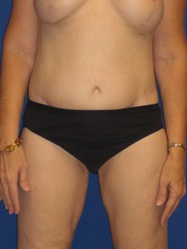Main Content

Thigh Lift
Over time, many of us experience a decline in skin elasticity that may be due to genetics or aging. Changes in our skin tone may also be noticeable after significant weight loss. In either case, loose or sagging skin can become bothersome and, for many, is a source of self-consciousness. A thigh lift might be right for you if you have extra, loose skin on your inner thighs.
Questions & Answers
A thigh lift procedure removes loose skin from the inner thighs. Liposuction is often used as an adjunct procedure to remove excess fat from the area of concern. The excess skin is then removed in a way that shapes and recontours the thigh, leaving you with a firmer, more toned appearance.
You might have extra loose skin on your thighs due to aging, or maybe you’ve had weight loss that left you with extra skin. The combined effects of aging, gravity, pregnancy, weight changes, and loss of skin elasticity all contribute to loss of tone in the thighs. A thigh lift might suit you if you have loose skin on your upper thighs. The benefits of a thigh lift are unique to each individual. A thigh lift can:
- Restoring a more youthful, firm appearance
- Accentuating a more toned upper thigh
- Removing stubborn fat deposits in the thigh
- Help you feel more confident in swimsuits or shorts
In addition to deciding whether a thigh lift can meet your personal goals, several factors must be considered in determining whether you are a good candidate for a thigh lift. Good candidates for a thigh lift include those who:
- Want to improve their thigh shape
- Want to achieve optimal proportions for their figure
- Have generally good physical and mental health
- Are nonsmokers, or are willing to stop smoking before surgery
- Have realistic expectations from thigh lift surgery
A thigh lift may not be a good option for you if you:
- Smoke
- Plan to continue making significant weight changes
- Are not at your optimal health
A thigh lift is an outpatient procedure performed with general anesthesia in an operating room. After your surgery, you will be placed in dressings and a support garment. You will spend a short time in the recovery room before a friend or family member takes you home, where you should plan to rest for the remainder of the day. Be sure to arrange for someone to drive you home after surgery and to stay with you for at least the first night. We will advise you on pain medication to ease any discomfort, give you detailed post-operative instructions, and schedule a follow-up appointment to check your progress. If you choose to combine your thigh lift with other procedures, you may need to stay overnight at the surgery facility and then be able to go home the next day.
It is expected that you will experience some pain and swelling after surgery. Shortly after your thigh lift, you will be given compression garments, which will help with swelling. You may have swelling that extends down into your feet. You may have bruising, which will disappear in a week or so.
Incisions usually heal between 2 and 3 weeks after surgery. Depending on your type of work, you can generally return to work within one week to two weeks. Initially, you will have some activity restrictions, but most people can return to total activity by 4-6 weeks after surgery.
You may notice that you feel less sensation in the thighs. This is usually temporary. It may, however, take weeks, months, or even more than a year before the sensation returns to normal. Your thighs may also require some time to assume a more natural shape. Incisions will initially be red or pink. They should fade and soften over time (up to 18 months after surgery). Final results are usually seen at six months to a year after surgery.
Every patient’s recovery is different. Your recovery may be quicker or take more time than average.
If you think that you may want to become pregnant in the future, you should mention this to your surgeon. Pregnancy can change body size and shape in an unpredictable way and could affect the long-term results of your thigh lift.
If you are planning to lose a significant amount of weight, be sure to tell your surgeon. She may recommend that you stabilize your weight prior to undergoing surgery.
It’s very common to combine body contouring procedures into one operative session and one recovery. One of the more common combinations involves thigh and lower body contouring together. Or you might include liposuction of other body areas, or even facial contouring. We encourage you to discuss your concerns with our plastic surgeons and we will help you put together a plan that’s safe for you.
It’s not uncommon for concerns of the thigh shape to also include issues related to cellulite. While a thigh lift will not address cellulite, it can be combined with a treatment called Aveli, which is specifically designed to target those pesky cellulite areas of the buttocks and upper thighs.
The thigh lift incisions lie at the junction of the thigh and the groin, in the crease where your underwear elastic generally rests. The thigh lift is usually performed on the inner surface of the thighs but can include the outer thigh area and buttock in some cases (with a lower body lift).
If you have extra skin all the way down to your knees, you may have a vertical incision extending from your groin to your knee, placed on the inside of your leg so it’s not noticeable from the front or back.
Please visit our My Consult page to learn more about what happens during your consult.
Please visit our Financing page to learn more about financing options.



